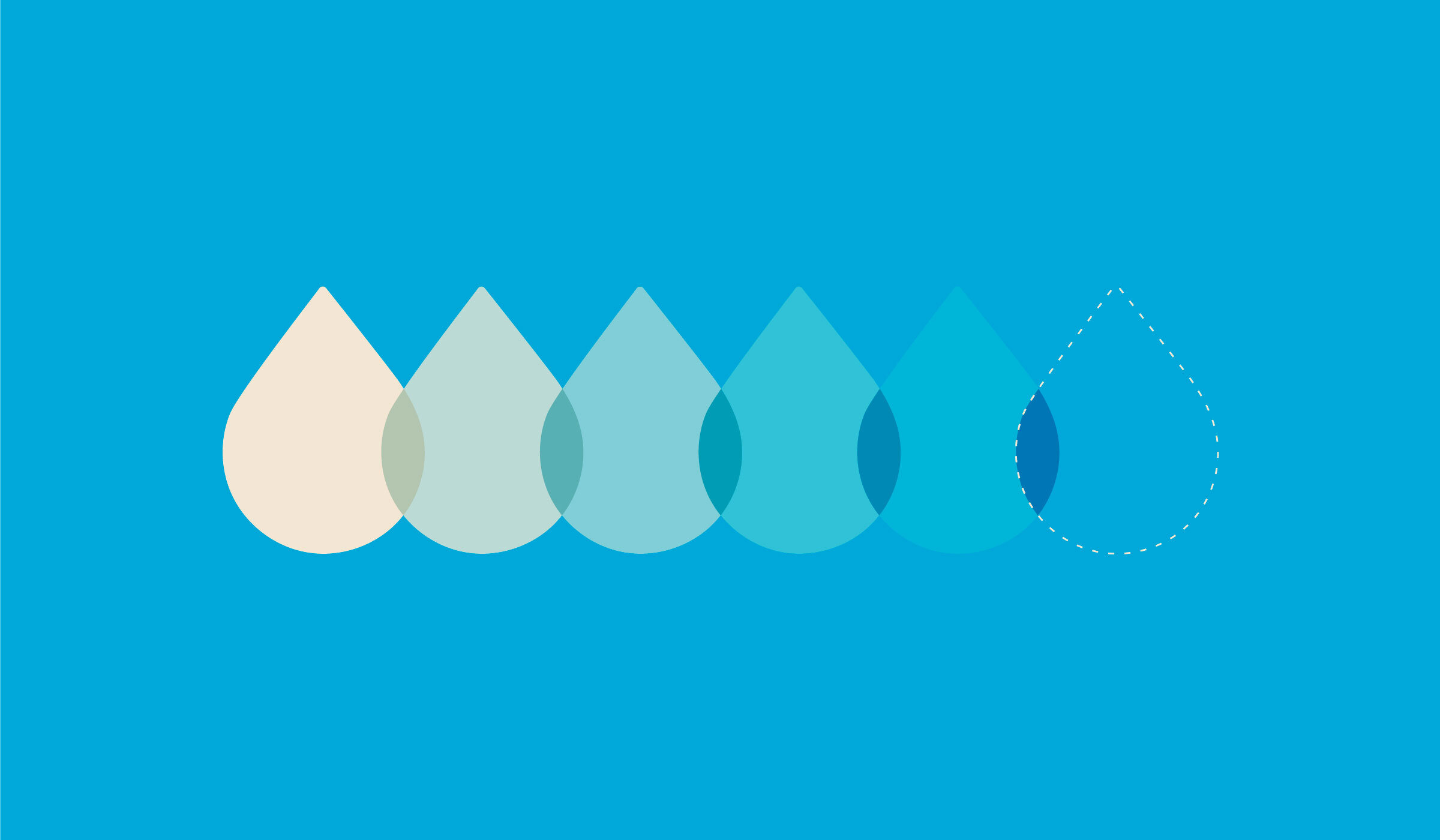How to Wean
When you’re breastfeeding, it can feel like you’ll be boobs out for the rest of time. The end of breastfeeding will come, but when it does and how you do it, will be different for every mom and baby. So whether you’re ready to take back your boobs—or your baby’s ready to give them up—here’s your go-to guide to weaning.
What is weaning?
Weaning is a gradual transition away from breast milk. For some, this might mean switching to formula. For others, weaning begins when you start introducing foods around the age of six months (while breast milk or formula remains a primary source of nutrients). Mother-led weaning (or “planned weaning”) is when you’ve decided to end breastfeeding. “Natural weaning” is when your babe loses interest and calls it quits. The time it takes to fully wean varies by child, as well as by culture and country.
When to wean
Many breastfeeding parents try to meet the recommendations of the American Academy of Pediatrics and the World Health Organization to breastfeed exclusively for six months, with continued breastfeeding—plus supplementary foods—for two years when possible. As your baby begins sleeping more during the night (when they’re around four to six months old), and you begin dialing back your middle-of-the-night feedings, you’re “night weaning.”
As your baby gets older and you notice that they’re less interested in breastfeeding (and more interested in gymnurstics), that may be a sign they’re ready to consume less breast milk, replacing energy with solid foods. Other signs your baby is ready to start solids include wanting to drink from a cup, drooling at the sight of what you’re eating, or being able to hold a small piece of food.
When not to wean
Together, you and your baby will decide when is the right time to wean. You might delay any form of weaning, however, if your baby is teething, sick, or going through life changes like a move or a new childcare situation.
If your baby suddenly refuses to breastfeed, that’s likely a nursing strike and not a sign they’re ready to wean. Nursing strikes are temporary responses to changes in your diet or personal hygiene products (like your soap or deodorant). They could also be in response to teething or an indication that your baby isn’t feeling well. If you or your baby’s father have allergies, experts advise giving breast milk for as long as possible, as research suggests that breastfeeding may help reduce the risk of developing allergies later in life.
How to wean
There’s no right way to wean, but the key is to taper your breastfeeding sessions slowly over time—weeks or months—to reduce your milk supply and help your baby adjust. Often, the start of weaning—or dialing back the breast milk you deliver—happens naturally around four to six months when you scale back night feedings and/or introduce solid foods. If you’re moving away from breast milk more intentionally, try this.
If your baby is less than a year old, begin to substitute their least favorite feeding session with a bottle of either breast milk or formula. If your baby won’t take a bottle from you, have someone else give it to them. Once you’ve established a substitute for one nursing sesh, substitute a second one.
If your baby is older than a year, breastfeed when the child asks, but don’t offer it. During normal nursing times, try distractions like going outside or doing a fun activity. As babies get older, breastfeeding often becomes less about nutrition and more about comfort. Do what feels right for you and your child.
Mamava designs solutions to empower breastfeeding and pumping parents on the go, like our freestanding lactation pods, Mamava’s lactation space locator app, and other helpful resources.
More breastfeeding resources













